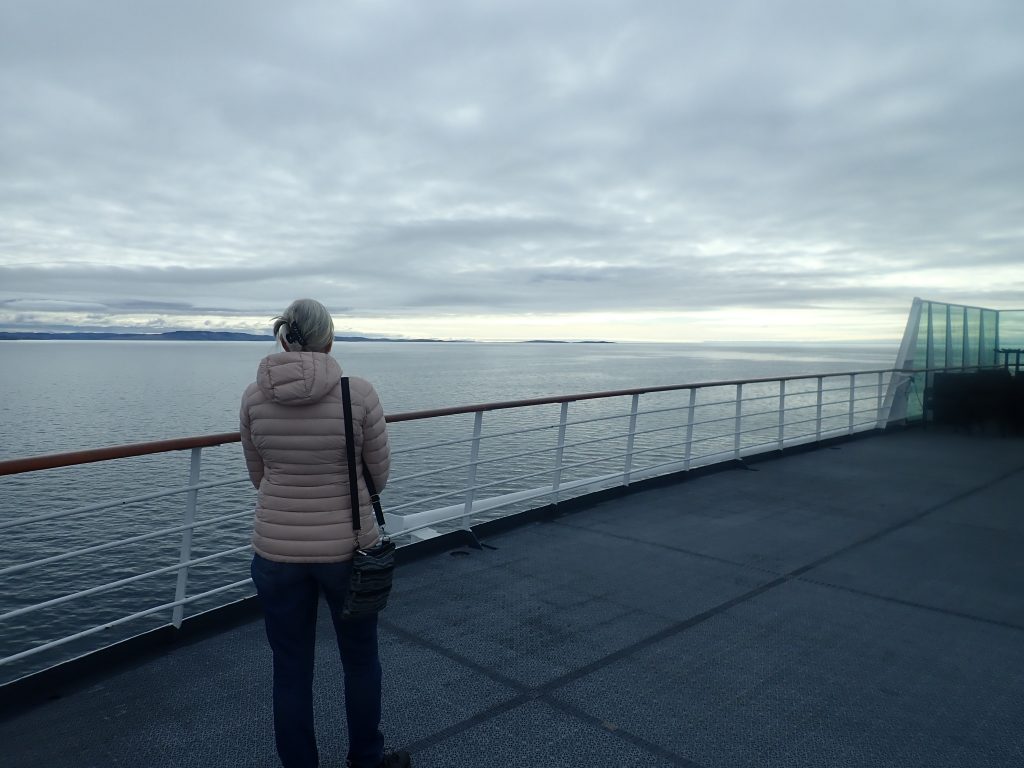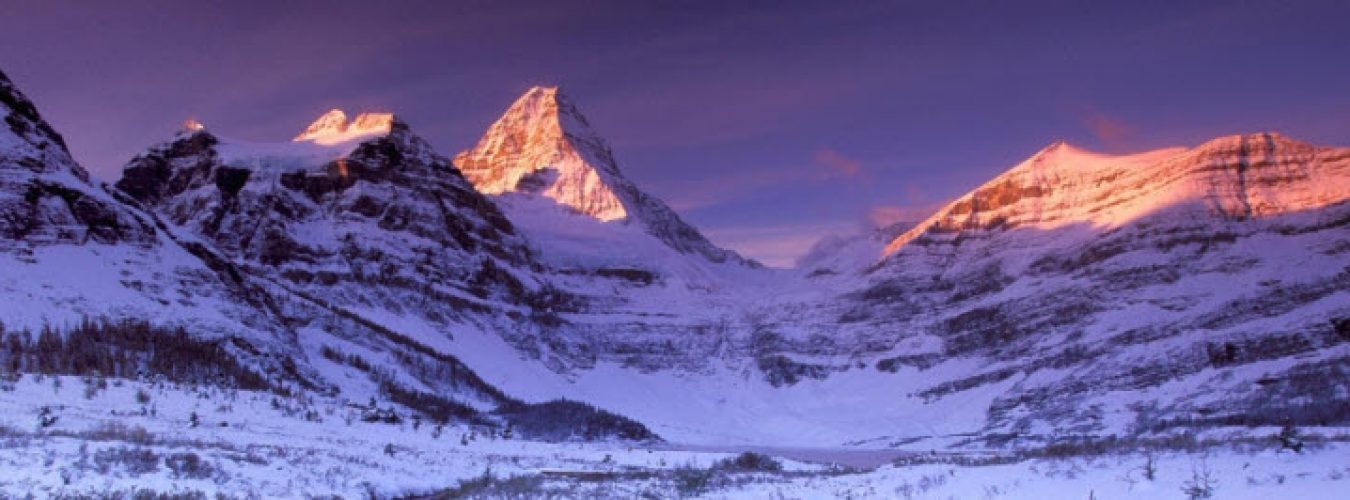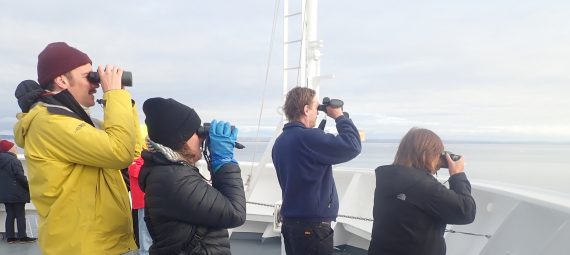Fort Ross, Bellot Strait
The most Northern shore of North America
We awoke to the calm of the bays at Fort Ross nestling at the tip of Somerset Island at the opening of the Bellot Strait, which we were due to navigate when the waters were high enough.
Fort Ross consists of two wooden buildings still standing, but the scene did not look immediately welcoming. Fort Ross is a rather grand name for the last Hudson’s Bay Company’s trading post established in 1937.
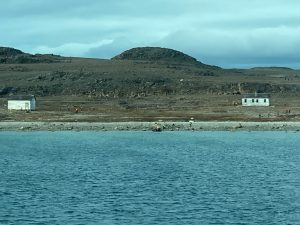
However its remoteness, and inability to get supply ships there for two years running, because of sea ice, meant it was dramatically abandoned in 1943 by airlifting the three inhabitants by a US rescue plane. USAAF Captain Stanwell-Fletcher performed the first ever parachute jump north of the arctic circle, in order to prepare a landing strip on a frozen lake. The post was later briefly re-established before continuous pack ice led to it being finally abandoned in 1948.
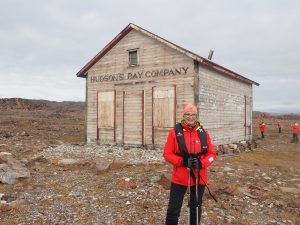
We were the last boat group ashore and were under strict instructions to return by 11.30am so that the ship would not miss its timing for the Bellot Strait.
We enjoyed the trek over very rough stones to a high spot to view the scenery. A surprising additional exercise, after our early morning gym session. We also saw the fur remains of an Arctic fox and a snowy white stoat carrying fish to its lair.
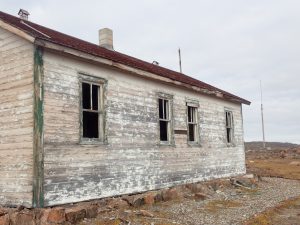
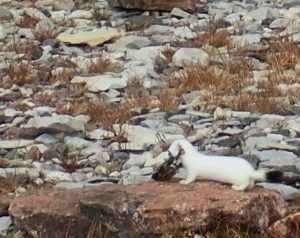
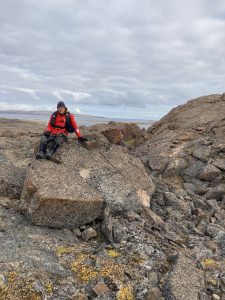
The journey through the Bellot strait was a delight, seeing a Muskox and the most northerly tip of the North American continent. Once through the strait, we saw a whale and many seals.
We also attended a worrisome lecture on the risks arising from increasing shipping traffic through the Northwest Passage, particularly bulk carriers.
Our daily briefing for tomorrow’s plans analysed the ice cover in the various straits we need to navigate. We may need to employ the services of an icebreaker!
